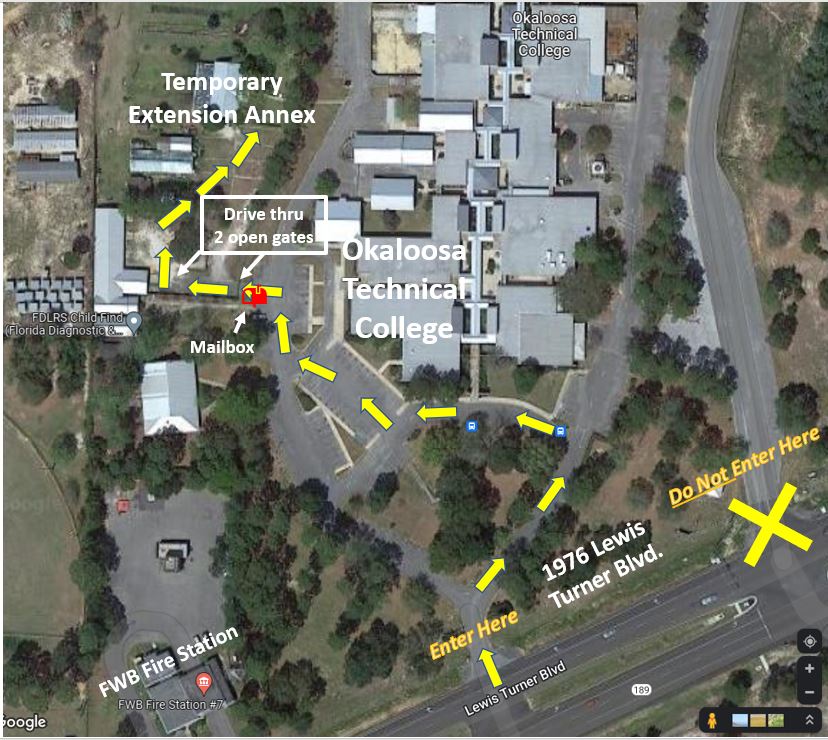June offers hotter temperatures, humidity and possible thunderstorm activity. In addition, school is out and many people take time to go on vacation. This leaves less time for landscape and garden chores. But there are things to do in the June landscape and garden here in the Northwest Florida area.
 In today’s article, I’ll share some gardening ideas from the UF/IFAS Extension North Florida Gardening Calendar (http://edis.ifas.ufl.edu/ep451) for the month of June and invite you to attend our June plant clinic.
In today’s article, I’ll share some gardening ideas from the UF/IFAS Extension North Florida Gardening Calendar (http://edis.ifas.ufl.edu/ep451) for the month of June and invite you to attend our June plant clinic.
Annuals that can take full sun during hot summer months include celosia, portulaca, vinca, and some coleus. See Annuals: http://edis.ifas.ufl.edu/topic_annual_landscape_plants
Add bright color to the landscape with perennials. See Perennial Landscape Plants: http://edis.ifas.ufl.edu/topic_perennials
Summer’s warm, rainy weather is the perfect time to plant palms. Make sure not to cover the trunk with soil. And choose cold-hardy palm species for North Florida. See Palms: http://edis.ifas.ufl.edu/topic_palms
Plant heat-loving herbs, including basil, Mexican tarragon and rosemary. Pinch back regularly to prevent flowering and enhance branching. See Herbs: http://edis.ifas.ufl.edu/topic_herbs
Plant okra, southern pea and sweet potato. See Vegetable Gardening in Florida: http://edis.ifas.ufl.edu/topic_vegetable_gardening
If rainfall has been lacking, watch for drought stress and water as needed. See Landscape Irrigation: http://edis.ifas.ufl.edu/topic_landscape_irrigation
Prune lightly during the warmer months to encourage more branching and blooming. Azaleas can still be pruned in June without removing next spring’s flower buds. See Pruning Landscape Trees and Shrubs: http://edis.ifas.ufl.edu/topic_tree_pruning
Yellow and brown patches in St. Augustinegrass can be caused by chinch bugs, disease or lack of water. Take time to determine the cause so your remedy is effective. Rejuvenate areas where grass does not grow well by replacing it with a more adapted turf or groundcover such as mondograss, perennial peanut or Asiatic Jasmine. You could also use mulch in place of lawn grass on slopes or underneath large trees. Choose wisely. See Garden Pest Insects: http://edis.ifas.ufl.edu/topic_garden_pest_insects, The Florida-Friendly Landscaping™ Guide to Plant Selection & Landscape Design: http://fyn.ifas.ufl.edu/pdf/FYN_Plant_Selection_Guide_v090110.pdf and Alternatives to Turfgrass: http://gardeningsolutions.ifas.ufl.edu/lawns/turf–types/alternatives-to-turfgrass.html
The June plant clinic will be held Friday, June 16 from 9 a.m. to 12 p.m. at the temporary UF/IFAS Extension Annex located in the back of the Okaloosa Technical College Campus at 1976 Lewis Turner Boulevard in Fort Walton Beach.
See Map Below to Extension Annex located at the Okaloosa Technical College Campus
If you have a plant problem that you’d like diagnosed, bring a sample of the weed, plant, insect, etc., to the clinic. The sample should be fresh and represent what is seen in the landscape. This may include a plant stem with several leaves, a 4-inch square of grass with roots attached, etc.
You also may bring a sample of soil for pH testing.

by llw5479
Source: UF/IFAS Pest Alert
Note: All images and contents are the property of UF/IFAS.



